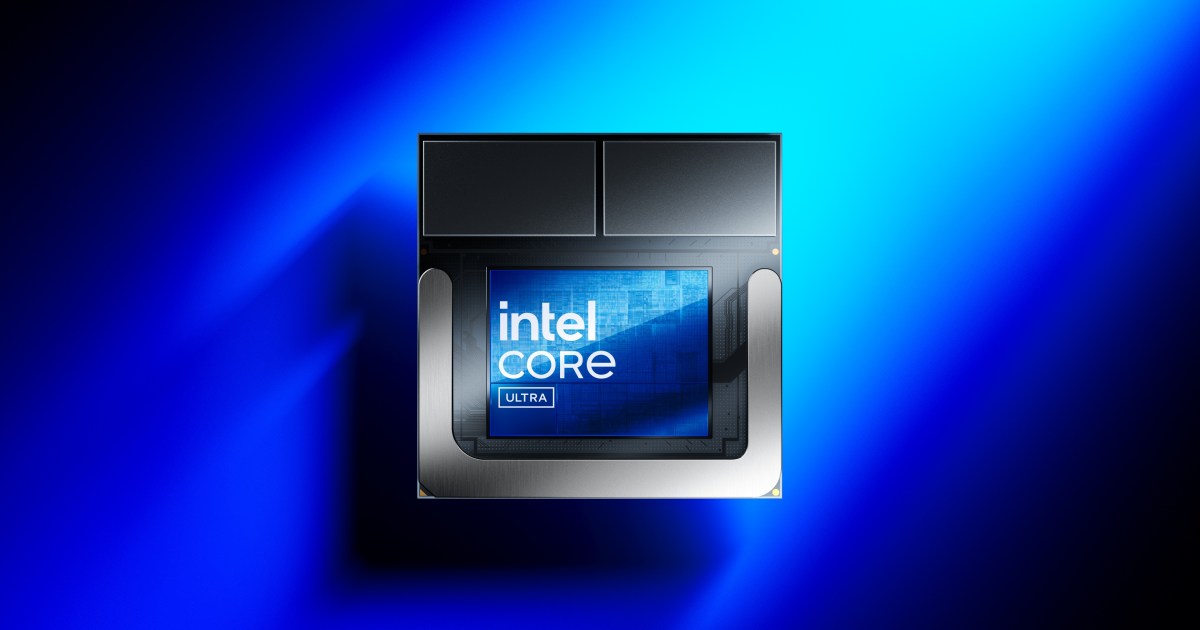An upcoming Intel graphics solution, namely the Intel Arc 140T, has recently been spotted on GFXBench. The most interesting bit is that it offers a noticeable performance advantage over the Xe2-based Arc 140V iGPU that recently made its appearance on Intel’s latest Lunar Lake mobile CPUs.
A post by X (formerly Twitter) user Michael (@miktdt) compares GFXbench scores of the Arc 140T with two Arc 140V SKUs—one with 16GB memory and the other with 8GB. The 8GB Arc 140V reached 6,613 frames with an average of 106.7 framers per second (fps), while the 16GB version achieved 6,839 frames at 110.3 fps. However, the Intel Arc 140T, equipped with 16GB of memory, excelled with 11,056 frames at an average of 178.3 fps, surpassing the 16GB Arc 140V by 62%, despite both GPUs sharing eight Xe cores.
Intel is yet to officially confirm the specifics of the Arc 140T, but its similarity in nomenclature and core count to the 140V suggests that the 140T is also an integrated graphics solution rather than a discrete GPU like the Arc A770 or A750. The 140T is presumably the integrated iGPU for Intel’s upcoming Arrow Lake-H/HX mobile platform, which is performance-optimized, unlike Lunar Lake, which remains focused on power efficiency.
The Intel Arc 140T’s superior performance is presumably due to its use of high-power transistors. Unlike the Lunar Lake Xe2 iGPU, which uses low-power transistors, Arrow Lake’s architecture incorporates normal or high-power transistors. This allows the Arc 140T to achieve higher clock speeds, resulting in faster performance compared to the Arc 140V iGPU.
While Intel is expected to fully reveal details of its Arrow Lake-H/HX chips early next year, the Arc 140T’s emergence hints at promising advancements in Intel’s mobile graphics capabilities. If the early benchmarks are any indication, the Arc 140T could push integrated GPUs into new territory for performance, rivaling entry-level discrete graphics options. It’s important to mote that all of this is speculation, and it is best to wait until we hear the official announcement from Intel.
Read the full article here














